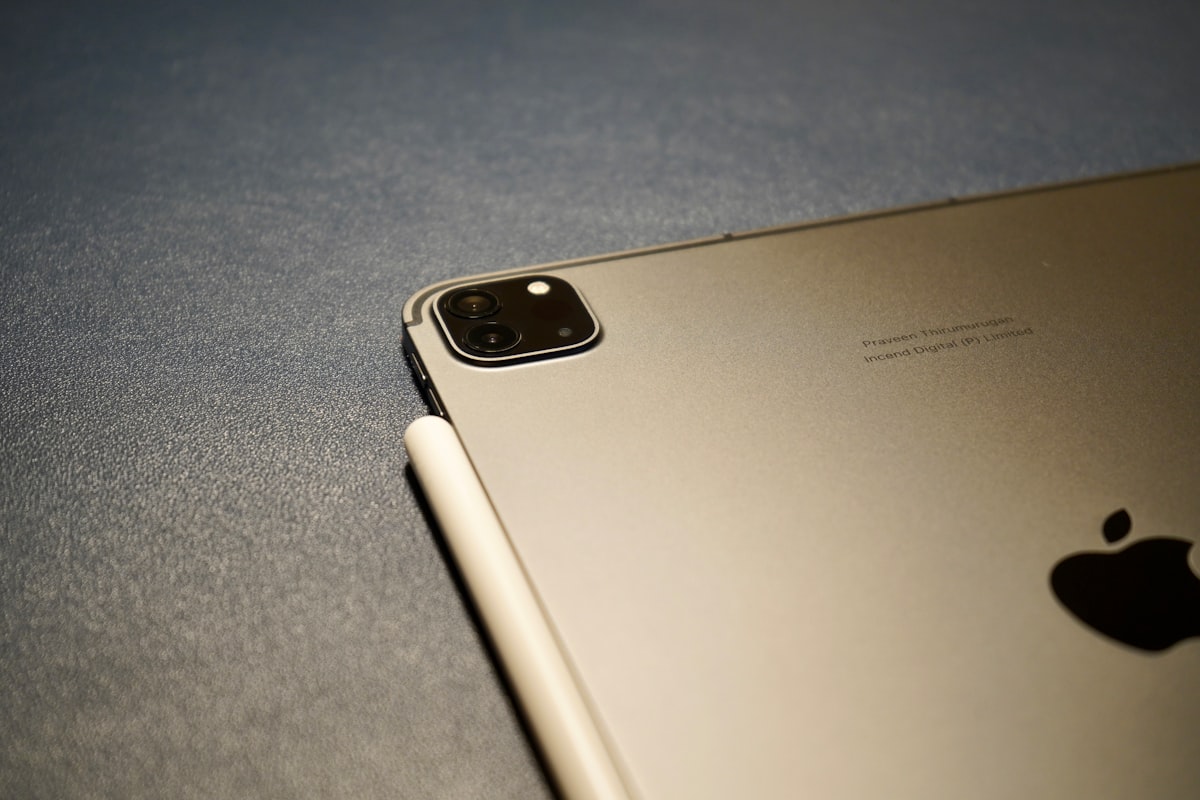Unleashing the Power: Apple M1 Benchmark and Performance Analysis

Introduction
Apple's transition from Intel processors to its custom silicon marked a significant turning point in the world of computing. The introduction of the Apple M1 chip in late 2020 signaled Apple's commitment to delivering groundbreaking performance, energy efficiency, and innovation. Now, as we delve deeper into the M1's capabilities and examine the benchmark results, it becomes evident that Apple's gamble has paid off tremendously.
The Apple M1 Overview
The Apple M1 is an ARM-based system-on-chip (SoC) designed specifically for Macs. It integrates multiple components, including CPU, GPU, RAM, and AI accelerators, onto a single chip. This approach not only reduces power consumption but also allows for better performance optimization.
CPU Performance
The M1 features an 8-core CPU with four high-performance cores (Firestorm) and four high-efficiency cores (Icestorm). The benchmark results for the M1's CPU are nothing short of remarkable. It outpaces Intel-based Macs in single-core performance, and even in multi-core tests, it competes toe-to-toe with higher-end Intel and AMD processors.
One of the most popular benchmark tests, Geekbench 5, illustrates this point vividly. The M1 consistently achieves single-core scores above 1700 and multi-core scores exceeding 7500, setting new standards for laptop and desktop CPUs.
GPU Performance
The M1's 8-core integrated GPU is another area where Apple has excelled. In graphics-intensive benchmarks like GFXBench and 3DMark, the M1 competes with dedicated GPUs from other manufacturers, offering smooth graphics performance and efficient video encoding/decoding. It's worth noting that for integrated graphics, the M1's GPU performance is astonishing, making it suitable for both casual and professional users.
Battery Life and Energy Efficiency
One of the most significant advantages of the M1 chip is its energy efficiency. It's a game-changer for laptop users who crave longer battery life. Apple's new MacBook models powered by the M1 can last significantly longer on a single charge compared to their Intel counterparts, thanks to the chip's ability to balance performance and energy efficiency.
Application Compatibility
The transition to the M1 chip came with challenges in terms of software compatibility. However, Apple has made strides in this regard, with a robust ecosystem of native M1 applications and Rosetta 2, a translation layer that enables Intel-based apps to run smoothly on M1 devices. Most popular software titles have been optimized for M1, and the list continues to grow.
AI and Machine Learning
The M1 includes a 16-core Neural Engine, which accelerates machine learning tasks. This has vast implications for developers and users alike, opening the door to faster AI-driven applications and improved user experiences across various domains, from photography to language processing.
Conclusion
The Apple M1 is a groundbreaking achievement in the world of computing, and its benchmark results and real-world performance confirm its prowess. Apple's investment in designing its custom silicon has paid off handsomely, delivering impressive CPU and GPU performance while maintaining excellent energy efficiency. The M1 has set new standards for laptops and desktops, raising expectations for the future of Mac computing.
As Apple continues to refine its M-series chips and expand its ecosystem of native applications, the M1 represents just the beginning of a transformative era in computing. Whether you're a creative professional, a student, or an everyday user, the Apple M1 offers unparalleled performance and efficiency, making it a compelling choice for anyone in search of a cutting-edge computing experience.


